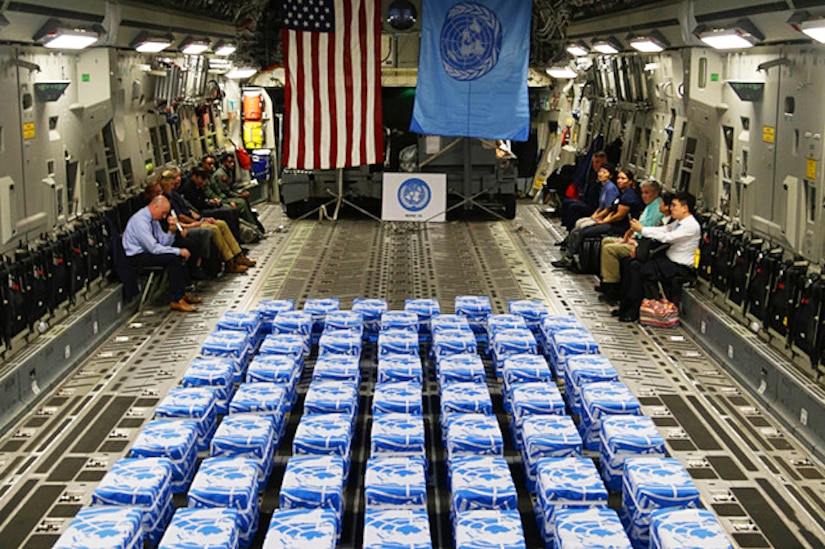By Jim Garamone, DoD News, Defense Media Activity
WASHINGTON -- All Americans welcome the return of remains
from the Korean War.
United Nations Command returned 55 cases of remains from the
Democratic People's Republic of Korea, also known as North Korea, to Osan Air
Base, South Korea, July 27, 2018.
The July 27 honorable carry ceremony at Osan Air Base, South
Korea, transferred 55 boxes of remains covered by the United Nations flag. Now
the work of identification begins.
These remains are presumed to be American, but many other
nations fought in the Korean War, and it’s possible the remains may come from
one of those nations.
The 1950-1953 Korean War was incredibly violent, with 36,940
Americans killed and another 92,134 wounded. Some 7,699 American service
members are listed as unaccounted-for from the conflict.
Remains Examination
The remains will be examined at the Defense POW/MIA
Accounting Agency, and experts there will be responsible for identifying the
remains. The agency is relatively new -- coming into existence in 2015 after
the merger of the Joint POW/MIA Accounting Command and the Defense Prisoner of
War/Missing Personnel Office.
Many of the fallen service members died in North Korea and
were buried by their comrades where they fell. Other U.S. service members were
captured and placed in prisoner-of-war camps, where many succumbed to
starvation, exposure and torture. Outside those camps are graves of Americans.
The DPAA Laboratory at Hickam Air Force Base, Hawaii, is the
first U.S. stop for the recently returned remains. The lab is the largest and
most diverse skeletal identification laboratory in the world and is staffed by
more than 30 anthropologists, archaeologists and forensic odonatologists,
United Nations Command release.
Those experts will sort and examine the remains. In the
past, North Korea turned over commingled remains.
The lab experts are painstaking in their examination. The
age of the remains -- at least 65 years old -- will complicate the process. The
North Koreans collected the remains, and U.S. investigators will have to do the
examination without the forensic information they normally would have, such as
the approximate place of the burial and the conditions around it.
Examination of dental charts and mitochondrial DNA will be
key technologies used to identifying the remains, and the process may take
years to complete, DoD officials said.









No comments:
Post a Comment